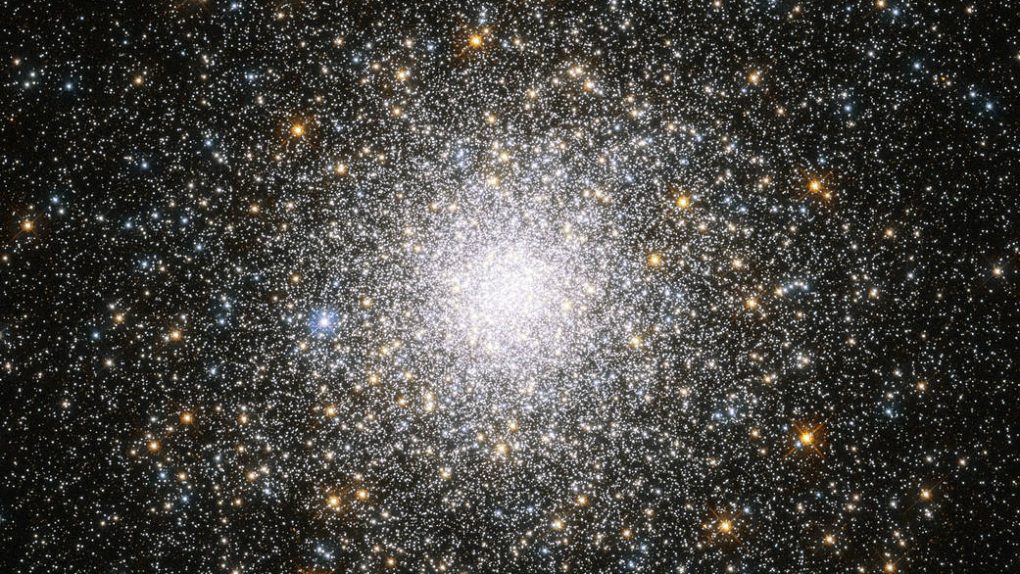- Fast Radio Bursts, or FRBs, are ultra-powerful blasts of radio energy generated by mysterious forces in space.
- New research reveals that FRBs are more complex and varied than previously thought, throwing possible explanations into question.
- We may not find out what has created these strange signals for a long time.
Of all the mysterious things humans have observed in the cosmos, FRBs are one of the most bizarre. An FRB, or Fast Radio Burst, is a blast of radio energy that seemingly comes out of nowhere. Scientists have heard these signals coming from various points in the sky, and only very few ever repeat. Now, one of the so-called “repeater” FRBs has thrown some of the theories regarding these bursts into question.
The most famous of all Fast Radio Bursts is FRB 121102. It was the first FRB to pop up multiple times on a seemingly regular schedule, and researchers believe it’s on a 157-day cycle, getting loud for up to three months at a time before going quiet for a little over two months. FRB 180916 is completely different in its behavior, blasting energy toward Earth on a much shorter 16-day cycle. To put it bluntly, scientists are baffled.
One of the strongest theories scientists have come up with to explain FRBs was reported just last month. An FRB was detected from within our own Milky Way, which is the closest we’ve ever heard one. So close, in fact, that astronomers were able to venture a guess as to what caused it: An object with intense magnetic properties called a Magnetar.
Magnetars are a variant of neutron stars that are incredibly dense. Their mass is under extreme pressure and, as happens here on Earth when pressures in the surface crust lead to movement, magnetars experience “starquakes.” Because the surface of the magnetar has so much potential energy stored up, even tiny collapses and shifts can produce a blast of radio energy that could be detected from incredible distances, or at least that’s the theory.
This may explain the one-off FRBs that astronomers have heard in the cosmos, but what about the ones that repeat on regular intervals? The researchers say a “wobble” in the rotational axis of a magnetar could explain the on-again/off-again nature of the repeating FRBs, or they may be the result of other neutron star activity not related specifically to magnetars.
The truth is, nobody can really explain why some FRBs appear once and then seem to disappear just as fast, while others repeat over the course of months and others over the course of mere days. There may be multiple objects capable of creating these kinds of powerful radio signals, or they may have one singular explanation that could be applied to all of them. Astronomers will one day figure it out, but at the moment, all we can do is wait and wonder.








